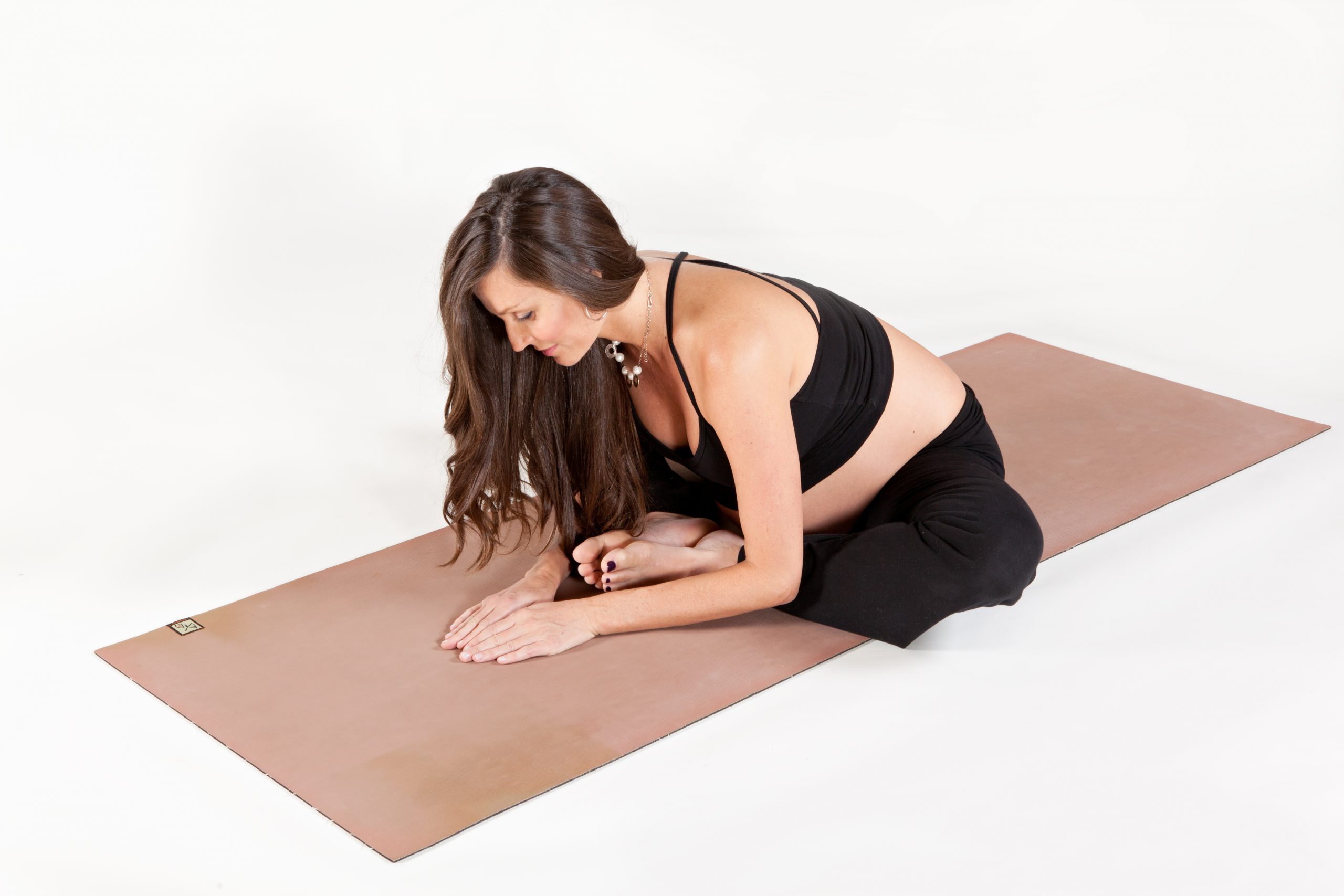The practice of pregnancy yoga helps women assume good body alignment and awareness of the breath with the added benefit of conditioning muscles and other tissues directly involved with childbirth. I call it Birth Fitness. As a prenatal yoga instructor and Birth Doula, here are my favorite poses for women to do in pregnancy to keep their bodies comfortable and ready for the upcoming physical work of giving birth.
- Cat-Cow Pelvic Rocks – Cat-Cow stretch incorporates Marjaryasana (Cat Pose) and Bitilasana (Cow Pose). This moment helps relieve backache as it alleviates the baby’s weight off of mama’s spine. This moment strengthens and stretches the spine and neck; stretches the hips, abdomen and back; massages and stimulates organs in the belly, like the kidneys and adrenal glands and also relieves stress and calms the mind. In labor, when there is ‘back-labor’, doing Cat-Cows helps to rotate the baby into a more functional position. Do these every day, for 2 minutes. End the pose in Table Top then Child’s Pose.


- Virabhadrasana I and II (Warrior I and II) – Standing postures like Warriors I and II, can increase your leg strength and stamina. These lunge-like poses build strength of the quadriceps so that the extra pregnancy weight does not put added stress on the knees. Believe it or not, Warrior poses can also tome the pelvic floor almost better than doing Kegels. Warrior poses also generate courage and self-confidence. It can turn you from Worrier into Warrior Goddess!
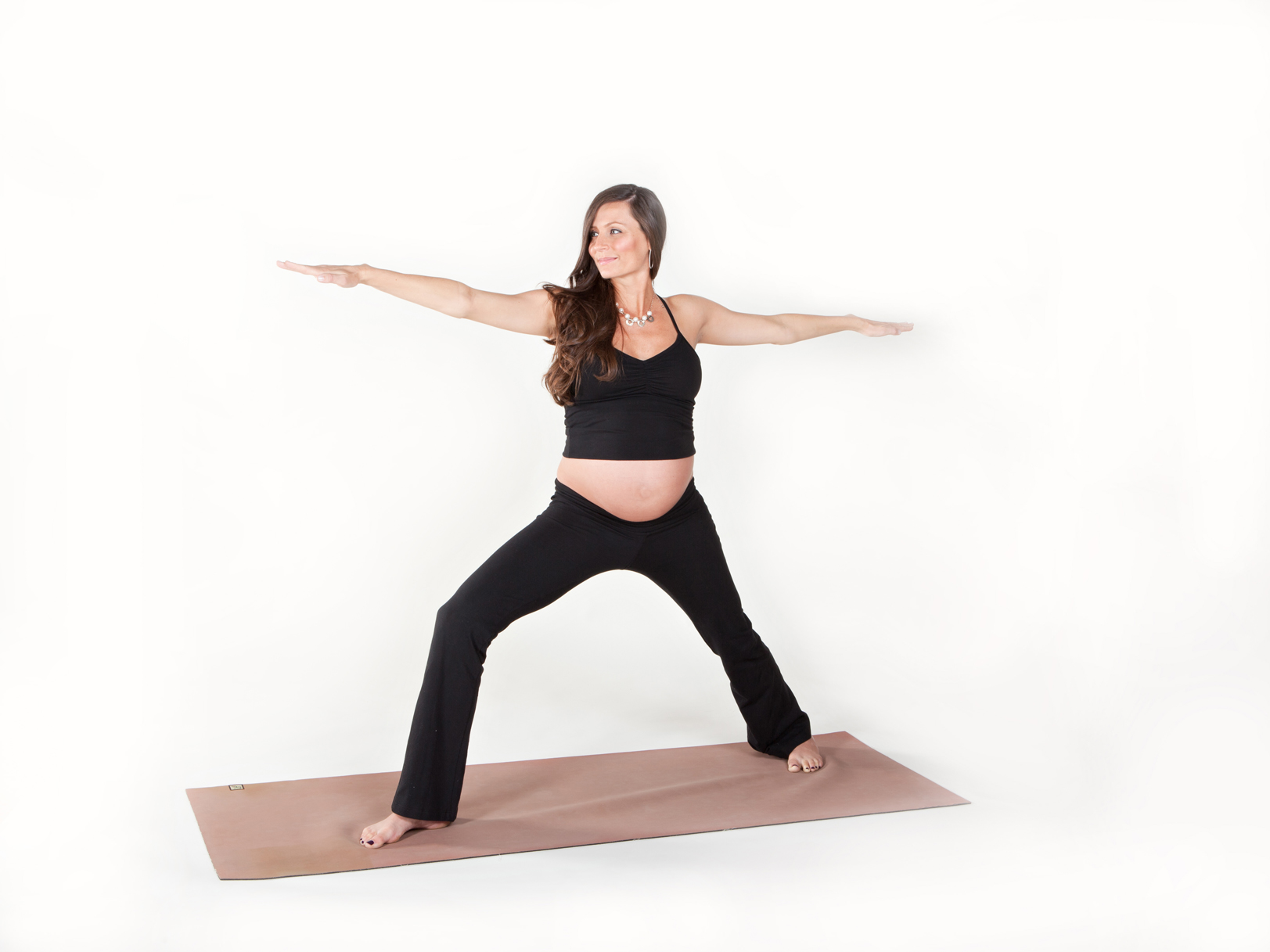
- Baddha Konasana (Bound Angle Pose) – Press the soles of your feet together and the knees moving away from each other. Bound Angle Pose can increase blood circulation to the pelvic region and help a woman get used to the feeling of opening up. The most open a women will ever be is when she is pushing her baby out. Labor is no time to be shy! Add movement to this pose by going into Sufi Circles, one minute, each side. Another lovely restorative you can do is Supta Badha Konasana using props. I often end my prenatal yoga classes with Supta Badha Konasana as the Savasana pose.
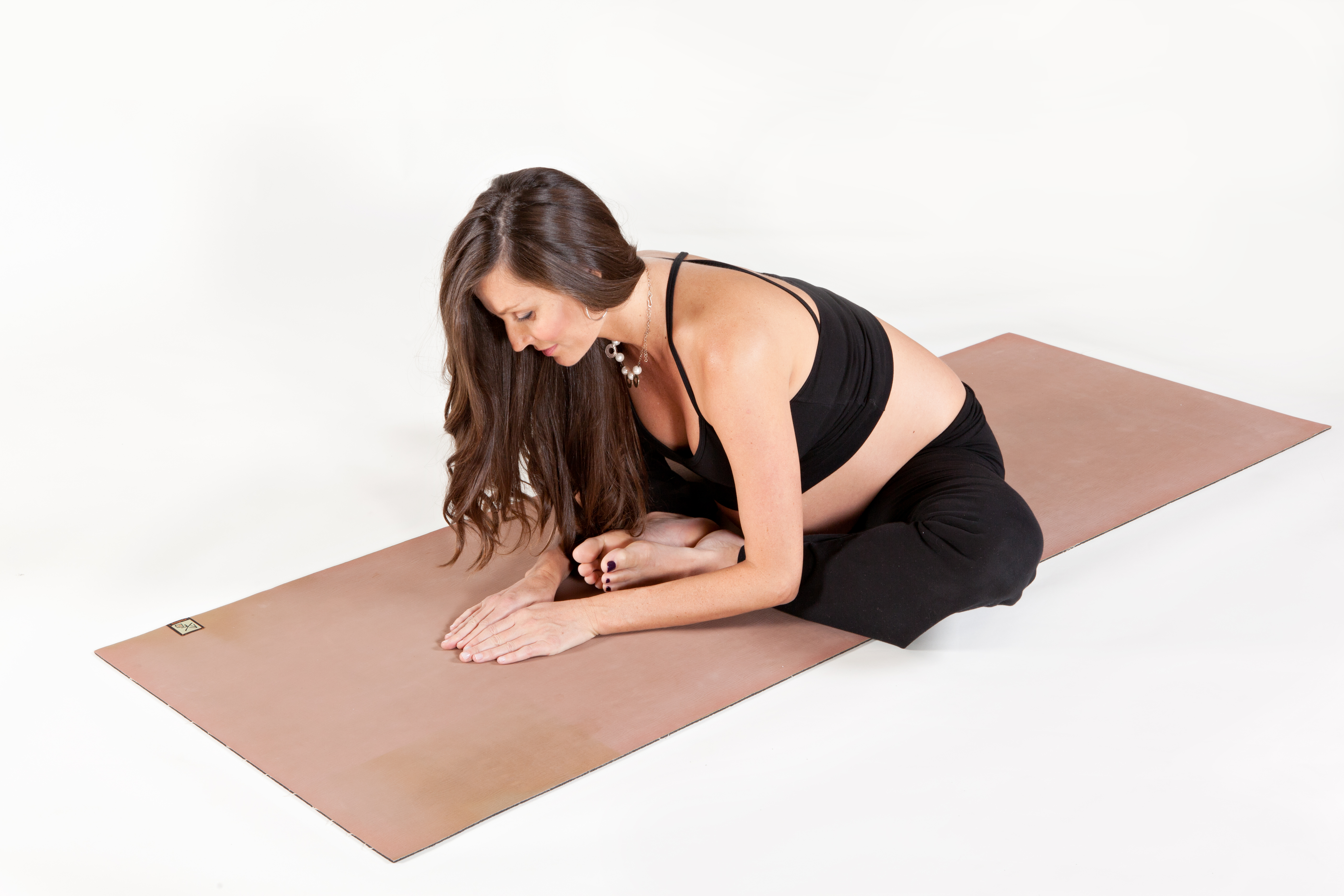
- Squats – Squatting widens the pelvis significantly in preparation for birth. Gravity helps the baby descend through the Pelvic Stations to advance labor and delivery. Squatting may also reduce the need for an episiotomy as it actually helps relax and stretch the pelvic floor muscle. Caution – avoid squatting if your baby is Breech after 37 weeks of pregnancy. We want the baby to have the opportunity to still flip. And once it is confirmed the baby is head down, then squat-squat-squat!
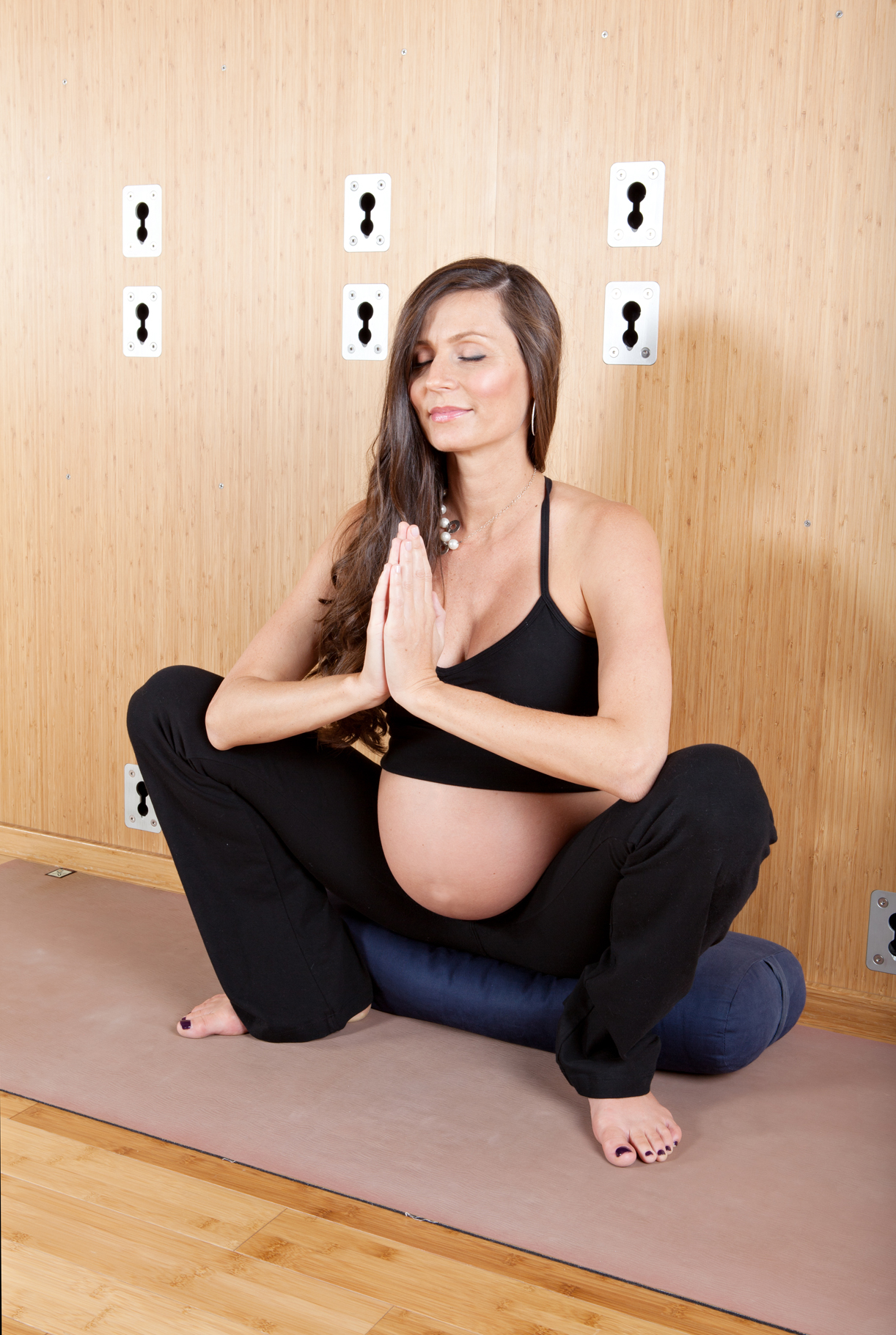
- Pranayama & Meditation – Learning to breathe (Pranayama) easily and meditate can improve the abilities to relax and to concentrate. Practicing breathing exercises everyday will help bring oxygenated blood down to the womb and placenta – the home of your baby. Doing 15 minutes of quiet meditation every day can also quiet the mind and reduce anxiety. Slow and gentle breath in and out can also help manage the pain of contractions. It is beneficial to meditate and visualize your upcoming birth as your safe place, peaceful and serene.
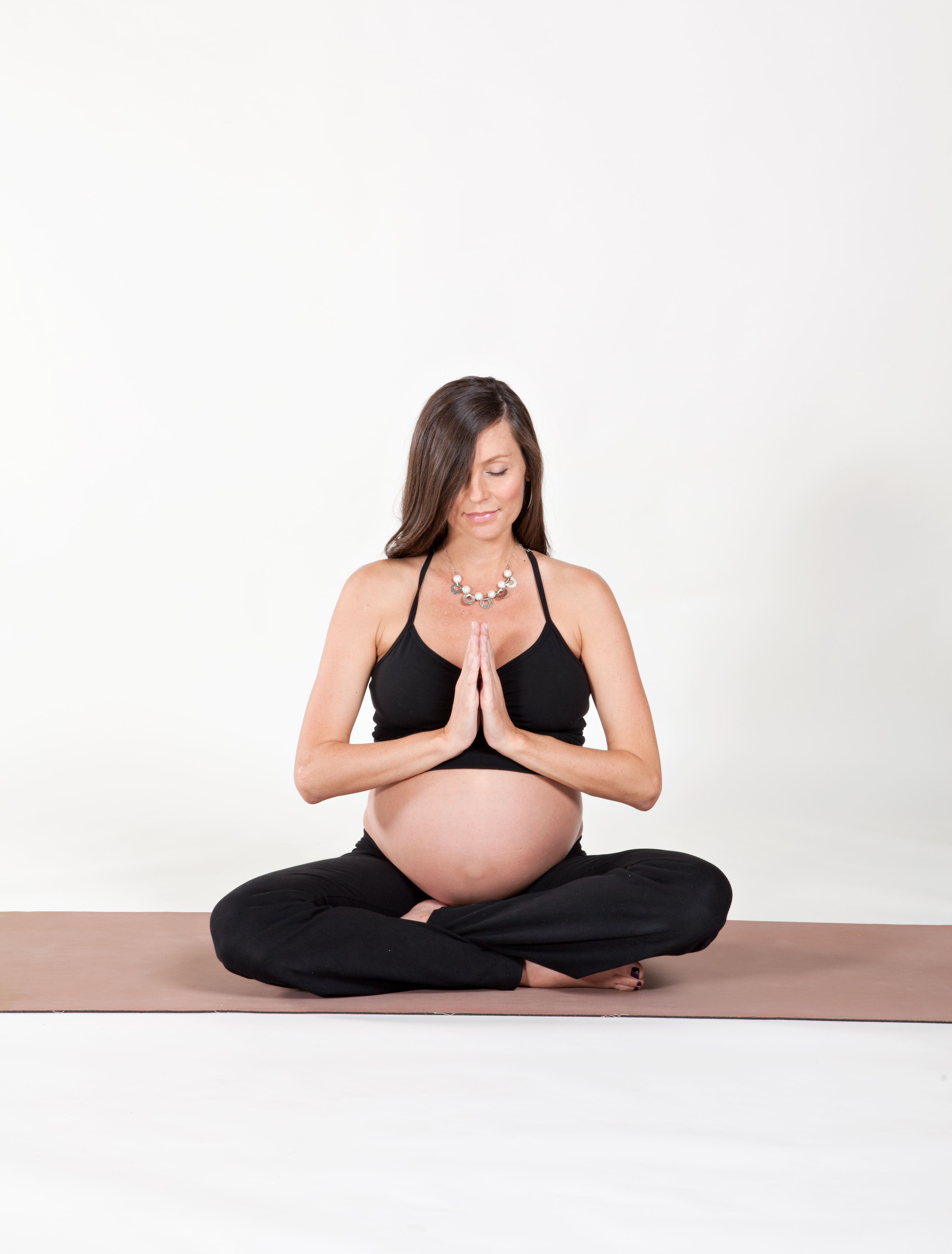
Pregnancy yoga utilizes body positioning (asanas), which have been credited with helping a pregnant woman achieve optimal fetal positioning (OFP) in late pregnancy. OFP is a term coined by Jean Sutton, midwife, and Pauline Scott Pauline Scott, suggests that a woman’s body positioning in late pregnancy can increase the likelihood that the baby will be in the most optimal position for birth, which is head down (vertex) and ‘tummy-to-mummy’ (anterior). According to Jean and Pauline, encouraging OFP in late pregnancy increases the likelihood of an uncomplicated, straightforward vaginal delivery.[i] It’s never ‘too late’ to sign up for a prenatal yoga class!
[i] Sutton, Jean. Let Birth Be Born Again! Rediscovering & Reclaiming our Midwifery Heritage. (Bedfront, Middx., UK: Birth Concepts UK, 2001).

